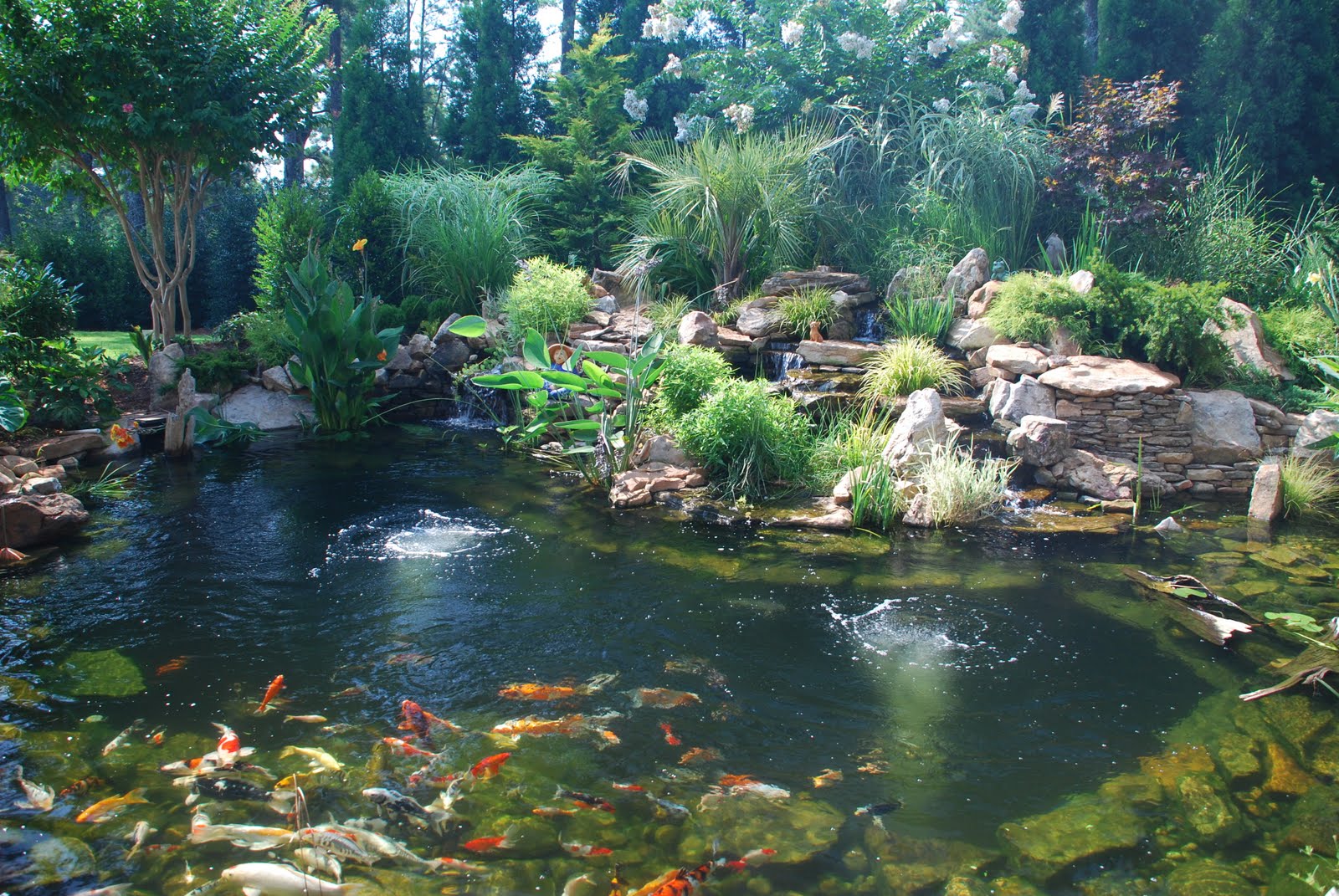
The Ultimate Guide to Keeping Your Koi Pond Clean and Healthy
Introduction
A koi pond is a beautiful addition to any garden or outdoor space, and keeping it clean and healthy is crucial for the well-being of your fish and plants. However, it can be challenging to maintain a koi pond, especially if you are new to pond ownership. In this guide, we will discuss the best ways to keep your koi pond clean and healthy, so you can enjoy your pond to the fullest.
Understanding the Basics of Koi Pond Maintenance
Before we dive into the specifics of pond maintenance, it is essential to understand the basics. Koi are delicate fish, and their environment affects their health and well-being. The main factors affecting the health of your koi are water quality, temperature, and food. Therefore, keeping your pond clean, maintaining the right temperature, and feeding your fish a balanced diet are crucial.
1. Regular Water Changes
The first and most crucial step to keeping your koi pond clean is to change the water regularly. Changing 10-20% of the water in your pond every week helps to remove excess nutrients and waste that can cause algal blooms and other water quality issues. It is also important to test the water regularly to monitor pH, ammonia, nitrate, and nitrite levels, and make adjustments as necessary.

2. Use a Pond Skimmer
A pond skimmer is a device that sits on the surface of the water and collects debris, such as leaves, twigs, and other organic matter. It helps to keep the surface of the water clean and reduces the amount of debris that falls to the bottom of the pond. You should empty the skimmer basket regularly to prevent it from getting clogged and to ensure maximum efficiency.

3. Install a Pond Filter
A pond filter is a vital component of any koi pond. It helps to remove solid waste and excess nutrients from the water, preventing algae growth and keeping the water clear. There are several types of pond filters available, including mechanical, biological, and UV filters. It is essential to choose the right filter for your pond size and type of fish you have.

4. Maintain the Right Temperature
Koi are cold-water fish, and the ideal water temperature for them is between 65-75°F. If the temperature is too high or too low, it can affect their immune system, making them more susceptible to diseases. You can use a pond heater or chiller to maintain the right temperature, depending on your climate and the time of year.
5. Feed Your Fish a Balanced Diet
Feeding your koi a balanced diet is essential for their health and growth. Overfeeding can lead to excess waste and poor water quality, while underfeeding can stunt their growth and weaken their immune system. You should feed your fish once or twice a day, and only as much as they can consume within a few minutes.

6. Keep Plants in the Pond
Plants in your koi pond can help to filter the water naturally by absorbing excess nutrients and providing shade, which can reduce algae growth. However, not all plants are suitable for koi ponds. You should choose aquatic plants that are safe for koi and do not get overgrown, such as water lilies, water hyacinths, and hornwort.

7. Keep Predators Away
Koi are vulnerable to predators such as raccoons, herons, and cats. You can use various methods to keep predators away, such as installing a pond net, adding motion-activated sprinklers, or using decoys. Additionally, you should ensure that your pond is surrounded by a fence or hedge to prevent unwanted visitors.
Conclusion
Keeping a koi pond clean and healthy requires regular maintenance, but it is worth the effort. By following these tips, you can enjoy your pond to the fullest and ensure the health and well-being of your fish and plants. Remember, prevention is always better than cure, so stay on top of pond maintenance, and your koi will thrive!